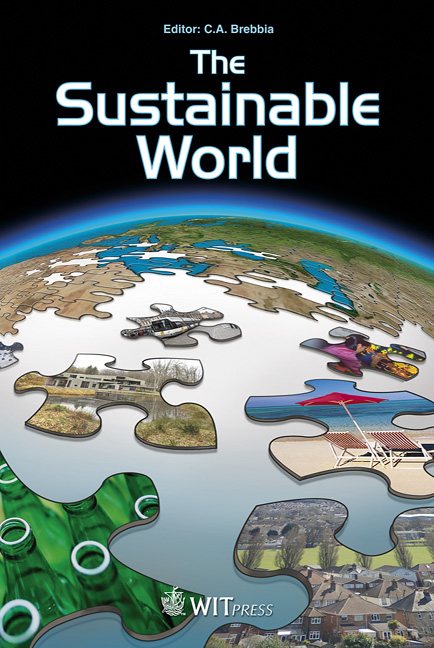Networks Of Public Open Spaces In The Urban Fabric
Price
Free (open access)
Transaction
Volume
142
Pages
10
Page Range
59 - 68
Published
2010
Size
3706 kb
Paper DOI
10.2495/SW100061
Copyright
WIT Press
Author(s)
E. Aga
Abstract
Today, much emphasis is placed on the ecological dimension of architectural and town planning, focusing on the relationship between humans and the environment. Outdoor public spaces are a prominent element in physical planning structures, firstly because it is within them that the public life of their users may develop – they in fact serve to maintain an equilibrium between the private and public spheres in the cities – and secondly because with suitable planning they can provide environmentally-friendly natural inputs. A central open public area can function as the heart of a city. A whole network of open spaces, suitably interlinked and extending throughout the urban fabric, goes further, imparting vigour to all parts of it. Such open spaces comprise a totality that is something more than the sum of its components. Networks of open spaces in the historic cities of Venice (Italy), Venice Canals (L.A.), Savannah (Georgia), and Folegandros (Greece) are outstanding individual examples tending to confirm the above thesis. It has been verified that the balanced proliferation of open public spaces can create a comprehensible network and constitute an important element in their identity. The purpose of the following article is to document the importance of suitably planned polycentric structures, the crucial element being their relations of mutuality and their linkage with the cities not only of the present but also of the future. Keywords: network, urban fabric, open public spaces, legibility, livability, identity.
Keywords
network, urban fabric, open public spaces, legibility, livability,identity





